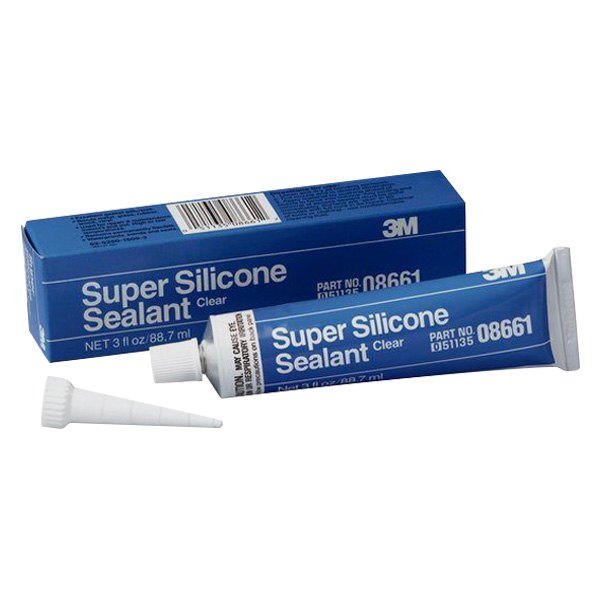Backdoor
Active Member
I pulled off the hubs to replace the rotors and calipers. Cleaned everything up. Repacked the hubs and now going to assemble everything.
My question is, how much grease do I need to put inside the hubs?
Just a light coat? Or should I be spooning it in there?
Is there a spec for the amount of grease to put this all back together?
Thsnks!
My question is, how much grease do I need to put inside the hubs?
Just a light coat? Or should I be spooning it in there?
Is there a spec for the amount of grease to put this all back together?
Thsnks!


















